IFM talks to textile designer Chandrashekhar Bheda, known to create relevance and novelty with his unique explorations in textiles
In your 20 years of work experience with textiles, what positive changes have you seen in the industry | A major change is the access to cutting-edge technology. At the same time, the craftspersons can use the power of the internet and social media to reach out to the world with their unique work. Globalization has also helped the domestic market grow.
Where do you find inspiration | Do you follow any trends | Since my work is environment-specific, I don’t follow trends? I believe in creating my own concepts and resources, gathering inspiration from my surroundings. I take my camera everywhere and build on experiences and imageries as inspiration. There is no particular look or style. Instead, it’s important to create relevance and novelty. I avoid using stereotypes while using innovative techniques and applications.
What is your design philosophy | I believe that anything which has been established needs to be shaken to create a new direction. It is important to question traditions, reinterpret and create relevance for next generation. It is through questioning and applying alternative views that one can find the best possible way.
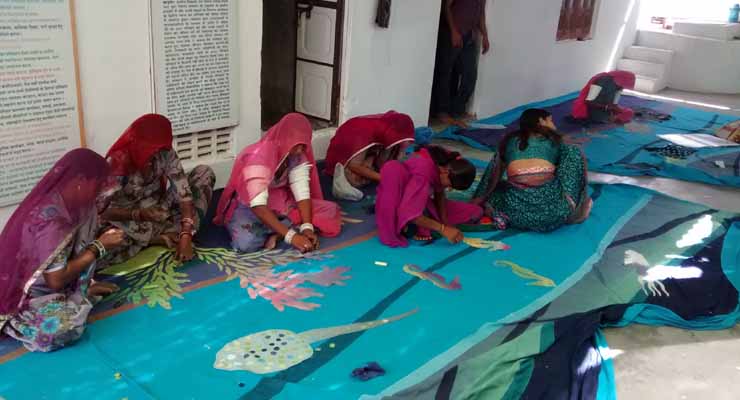
Tell us about your company Spider Design | We were inspired by a spider spinning its web, the flexibility with which it can move in any direction, the strong structure of the web and its aesthetics. Spider Design is a bespoke home textile company in New Delhi, creating custom-made textiles for various commercial and residential settings, started by me, along with my wife Shobhana, also an apparel designer. As a design studio, we collaborate with architects, interior/furniture designers, and branding agencies to bring together a holistic approach. We also invite and train artisans from different regions such as Kashmir and Rajasthan to bring something new to integrate into our designs.
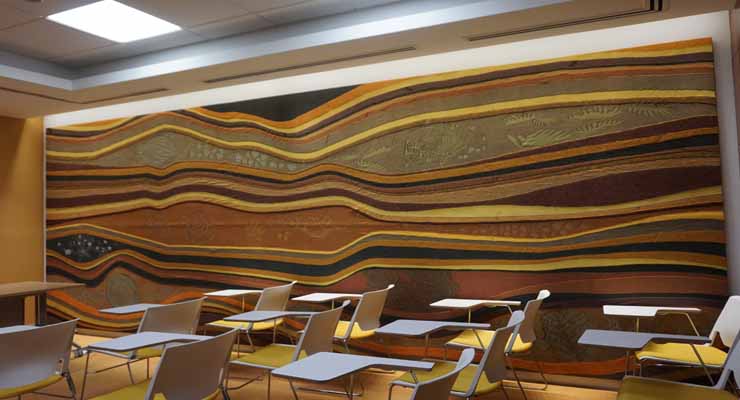
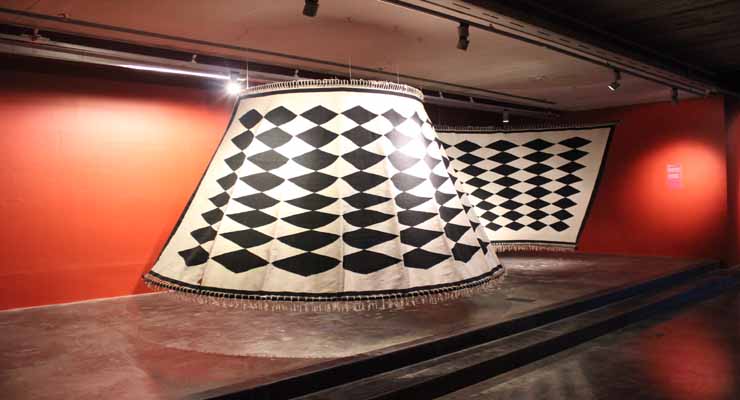
What are some of your most notable projects | Tell us about your latest one | The Flying Rug is one of the most important works in my career when I had to design a curved loom to produce the novel radial weave. The 32-feet rug was featured at the exhibition Fracture—Indian Textiles, New Conversations by Devi Art Foundation. This is a unique rug, a first in a series that I’m working on. I have also been looking into 3D textiles, which can be sculptural and created using new mediums and techniques. Some of my recent projects include multi-technique murals for Suzlon, Mahindra Mahindra and a series for Cairn India Limited, where artisan women from Barmer contributed their skills. Most recently, I also designed a 22-feet by 22-feet ceiling mural for a jewelry store. One of our ongoing projects includes improving the processes, tools and developing new products for artisans and manufacturers of woolen felt and Namdas of Tonk, Rajasthan.
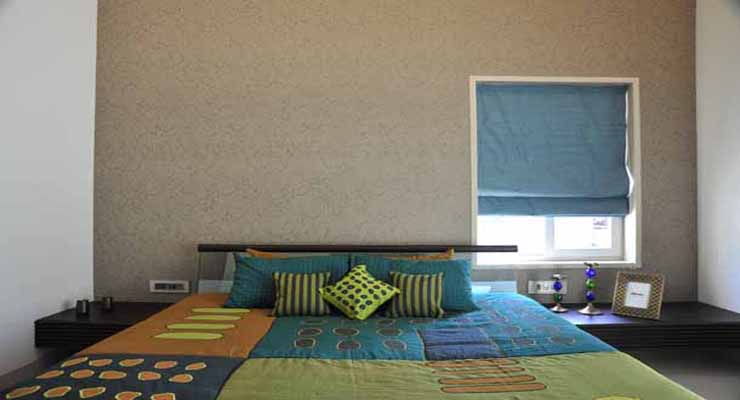
As a textile designer, what is one thing you would want consumers to be more aware of | Creating consumer awareness is the responsibility of people in business and needs a lot of work. Businesses which do not weave a story or build value and relevance in products will fall behind.
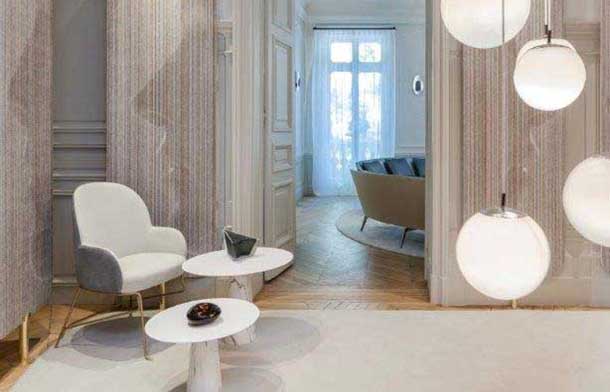
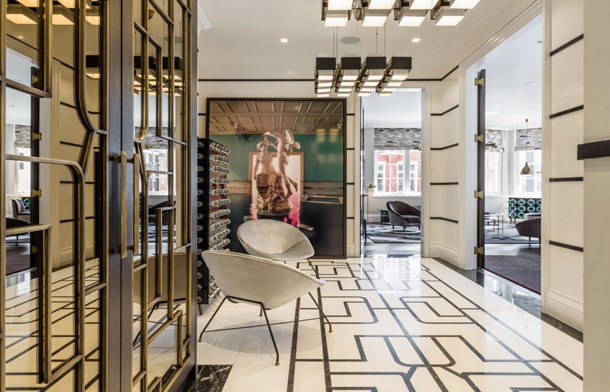

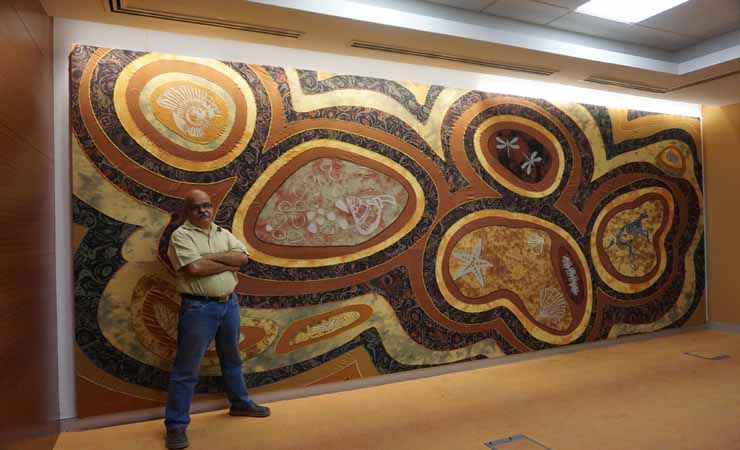
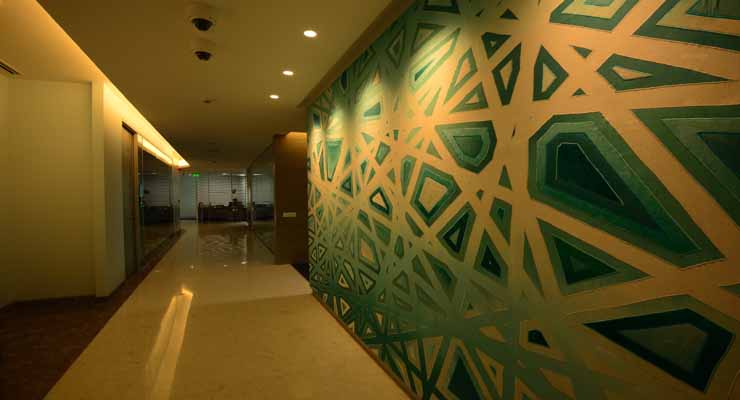





Comments